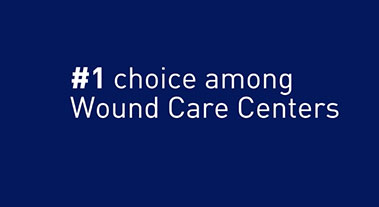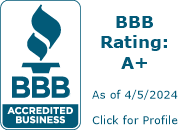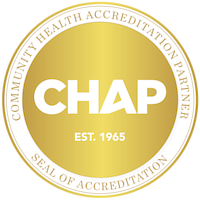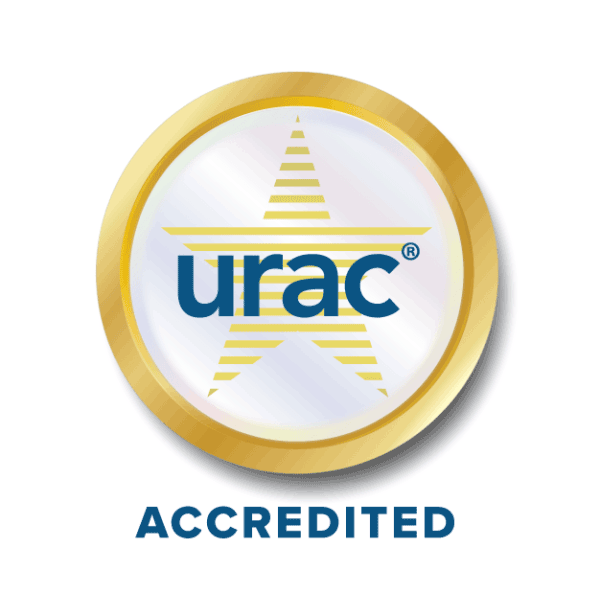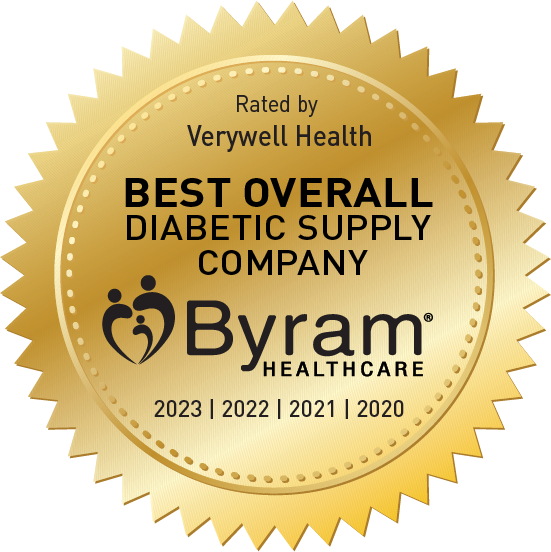
Center of Excellence Specialists
Our Wound Care Specialists have in-depth product and reimbursement knowledge.

Clinical CareLine
Clinical CareLine: 1-800-902-9726 ext 43312.

Reimbursement Expertise
Our Wound Care Specialists can help answer your questions around your coverage guidelines.
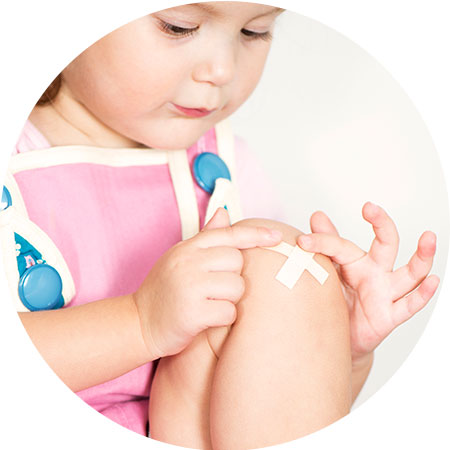
Acute Wound
An acute wound is a wound that follows an expected and predictable rate of healing. Any wound, regardless of severity, can be considered an acute wound if there are no complications.
Chronic Wound
A wound that fails to heal within approximately 4-weeks after being treated or has not healed entirely in two months is a chronic wound. Wounds can become chronic if there is pressure on the affected area, increased bacterial load, trauma, lack of blood supply, inappropriate treatment and infections. Chronic wounds will often need advanced wound dressings, nutritional interventions, and the care of a wound specialist in order to heal.

Applying Wound Care Dressings
Most people with minor injuries can heal acute wounds with traditional wound care dressings. When a wound becomes chronic advanced wound care dressings may be recommended by your clinician.
General principles of changing a dressing:
1. Always wash your hands before changing your dressing
2. Set up all the supplies that that you will need on a clean surface (paper towel)
3. Open all packages prior to starting
4. Cut tape ahead of time
5. Clean the wound with prescribed cleaner: This may be soap and water, saline or a wound cleaner
6. Use a designated pair of scissors for wound care and clean them each time with alcohol
7. Observe the wound for any changes that need to be reported to your nurse or doctor, such as:
- An increase in drainage
- A new odor to the wound
- A change in the color (green or blue) of the wound drainage
- Redness around the wound
- Increased pain
- A temperature over 100°F
- Increased blood sugar with no diet changes
8. Clean the wound with your prescribed cleaner from the inside out. This may be simple soap and water, saline, or a designated wound cleaner.
9. Apply the new dressing and tape down the edges or wrap it with gauze to keep it in place
Maintaining Optimal Nutrition
An often unlooked, yet essential, component of wound healing is maintaining optimal nutrition. If you have a large or complicated wound, you may need as much as 50% more calories or protein to heal than usual. If you have other medical conditions, or are diabetic, consult a nutritionist to get help with a special dietary plan. Otherwise, follow these suggestions:
- Eat protein at every meal. Good sources of protein include red meat, chicken, turkey, fish, legumes (especially black beans), peanut butter, Greek yogurt, cottage cheese, eggs, quinoa, milk, and cheese.
- Eat a variety of fruits and vegetables.
- Aim for six small meals a day instead of three large ones
- Eat smaller meals on a smaller plate so you’re not overwhelmed with the amount of food
- Eat high protein snacks in-between meals like cheese and crackers, peanut butter with apples, cottage cheese, or smoothies made with yogurt and fruit
- Drink at least eight 8oz glasses of fluids each day. Aim for water, smoothies, or milk rather than soda
- If you’re taking supplements, use them in conjunction with a healthy diet, not as a replacement
- Talk to your doctor about taking a daily multivitamin
- Keep your blood sugar in a normal range, especially if you’re diabetic
- Include healthy foods that you actually enjoy eating
Explore our Wound Care Product Selection
Along with our product offerings, our product catalogs offer valuable insurance coverage and educational information.
Visit Our Online Wound Care Catalog Wound Care Product Guide
Video Listing



